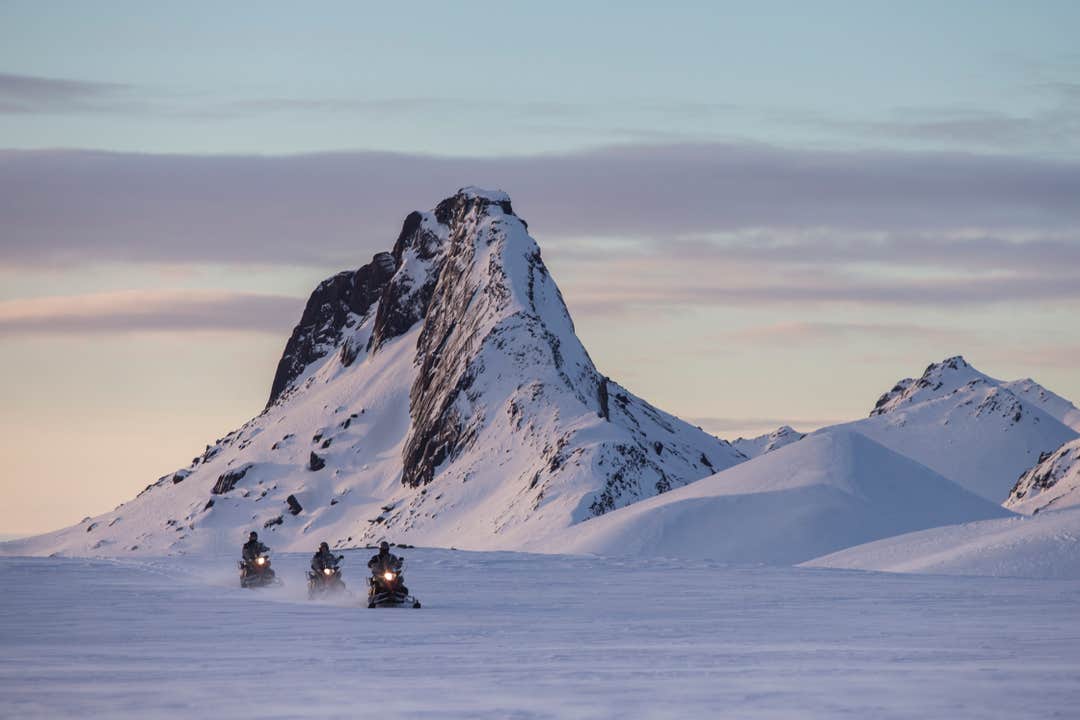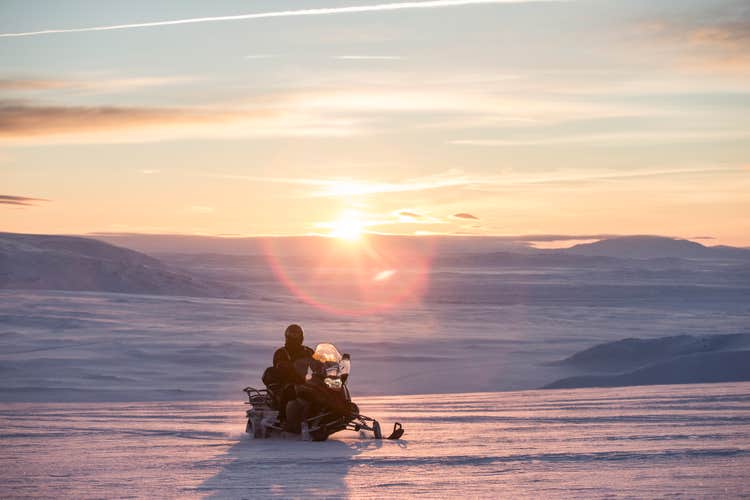Description
Summary
Description
Explore the three classic sights of the Golden Circle and top it off with snowmobiling adventure. This tour is available in 10 different languages, made possible with an ‘in-Bus Audio Guide’.
This trip begins at Reykjavík Terminal or you are picked up from your Reykjavík accommodation. You will be impressed to see that, other than your personal host, there is a tablet on each seat with audio guide in 10 languages, wifi on board, and an excellent, expert guide, who will be on hand for any questions. Once your group is together, you will set out to see the Golden Circle.
The first stop on this iconic trail is Þingvellir National Park, the only UNESCO World Heritage Site on the Icelandic mainland. This was the original site of the world’s longest-running, ongoing representative parliament, and where many of Iceland’s major historical moments occurred; it was here that the country converted to Christianity, declared independence from Denmark, and elected their first president.
Þingvellir is also renowned for its position in the North Atlantic ridge, between the North American and Eurasian tectonic plates. Iceland is the only place in the world this ridge can be seen above sea level, and there is no better place in the country to see the edges of the two continents than here.
Following your time at the park, you will move onto the Geysir Geothermal Area. This hot-spring valley is visible from miles away due to the steam rising from its waters and vents, and is world-famous for its geysers. While the most known one, Geysir itself, rarely goes off anymore, its neighbour, Strokkur, erupts every ten minutes or so, to heights of up to 40 metres (131 ft).
The third and final stop on the Golden Circle is just five minutes down the road: the mighty Gullfoss waterfall. This fall is immense, powerful, and incredibly beautiful, plunging in two tiers down an ancient valley. When the weather is clear, it is possible to walk to a viewing platform right beside where it's falling, so you can truly marvel at its awesome power.
With the Golden Circle complete, it is time for some adventure. You will change from your bus into a custom-made Super Truck, which will take you across the desolate, stunning Highlands to the foot of Langjökull Glacier. Here, you will find the snowmobiling base camp.
Once safety rules have been covered and you've put on the appropriate gear, you will hop on a snowmobile and start your journey across the ice. This exhilarating excursion is thrilling, fascinating and beautiful; Langjökull is Europe's second largest glacier, and the views atop it, across plains of endless white snow and blue ice, are breathtaking.
This tour perfectly combines classic sightseeing with thrilling adventure. Don't hesitate to book. Jump aboard to hear all about the Golden Circle in the language most comfortable to you, and for a snowmobile ride over a stunning glacier. Check availability by choosing a date.













